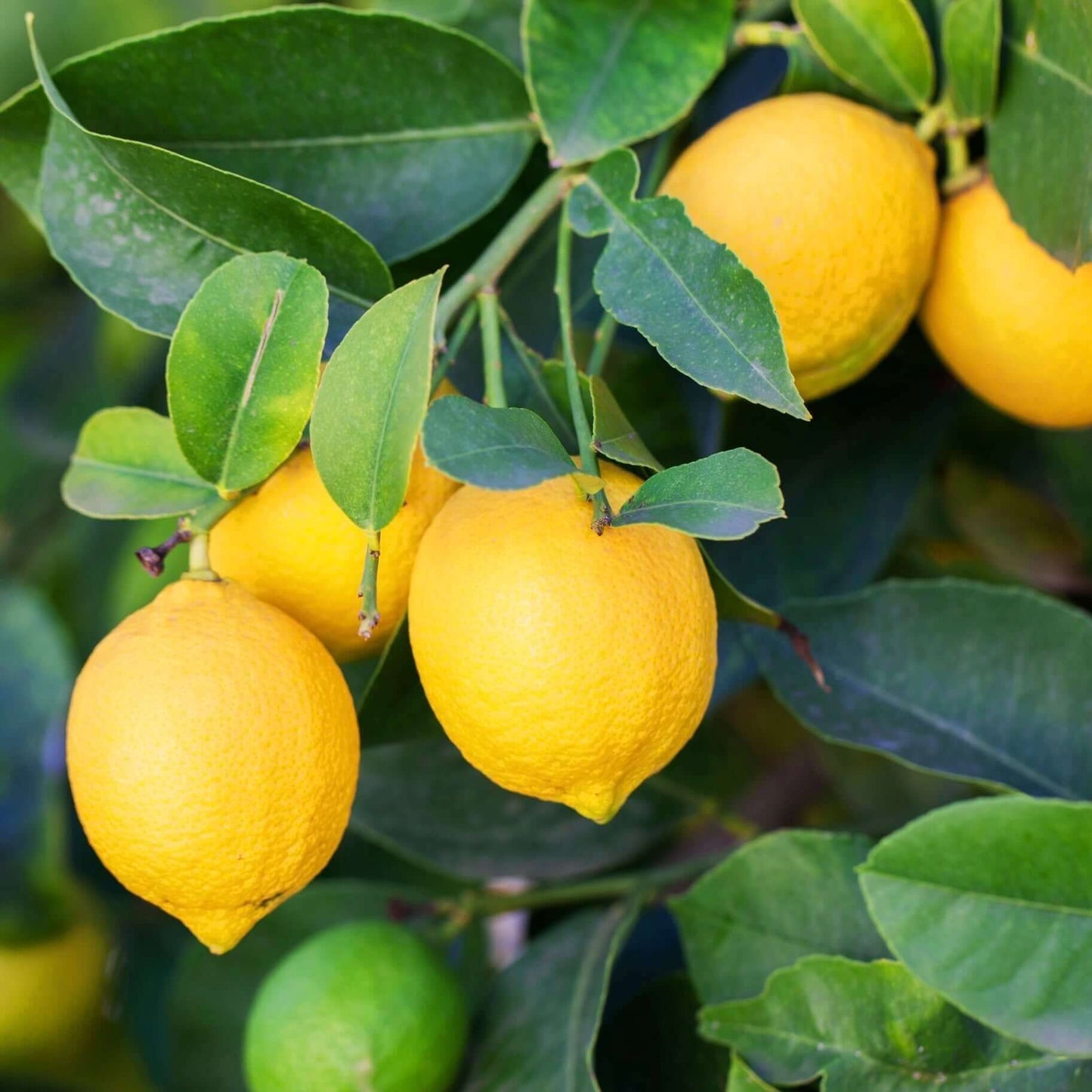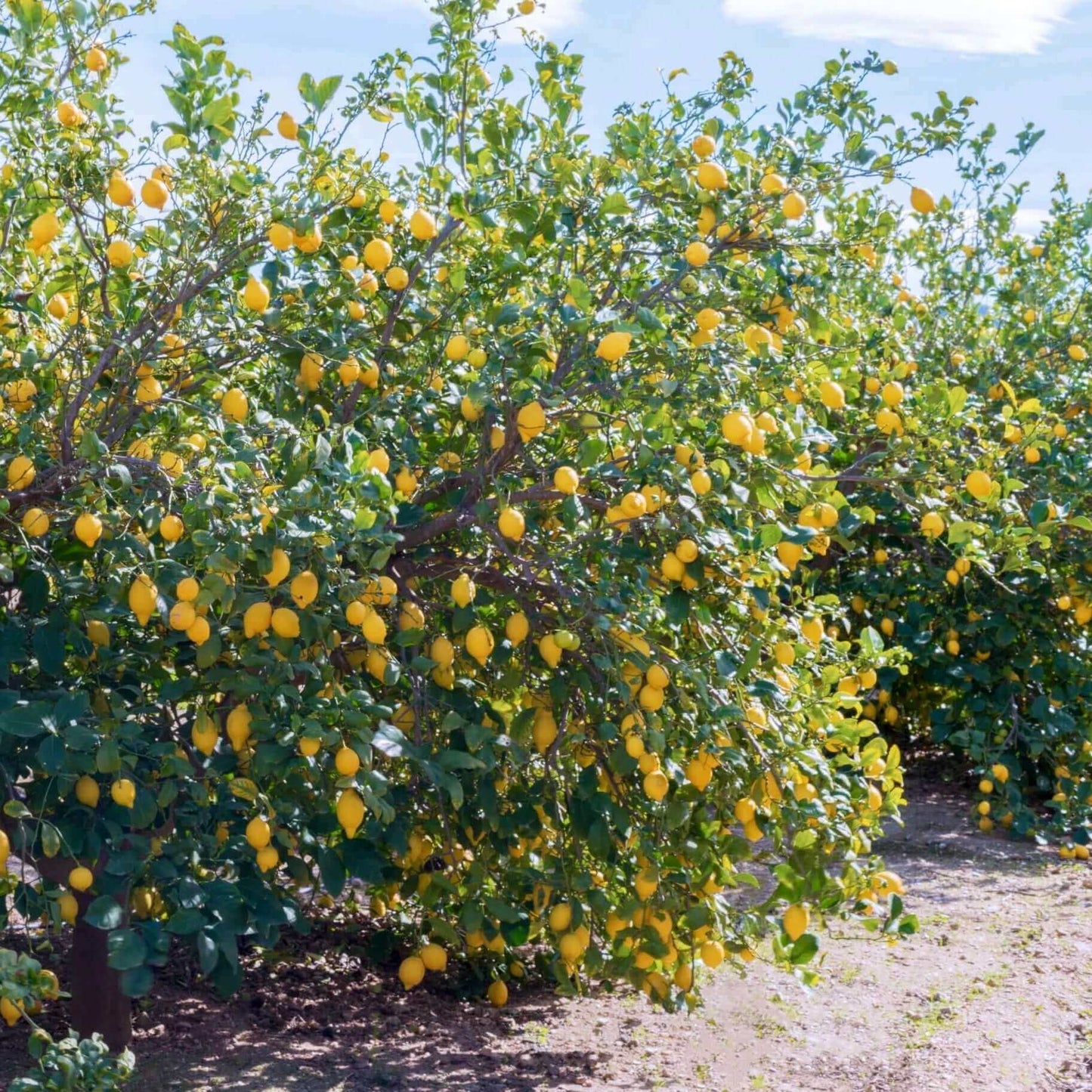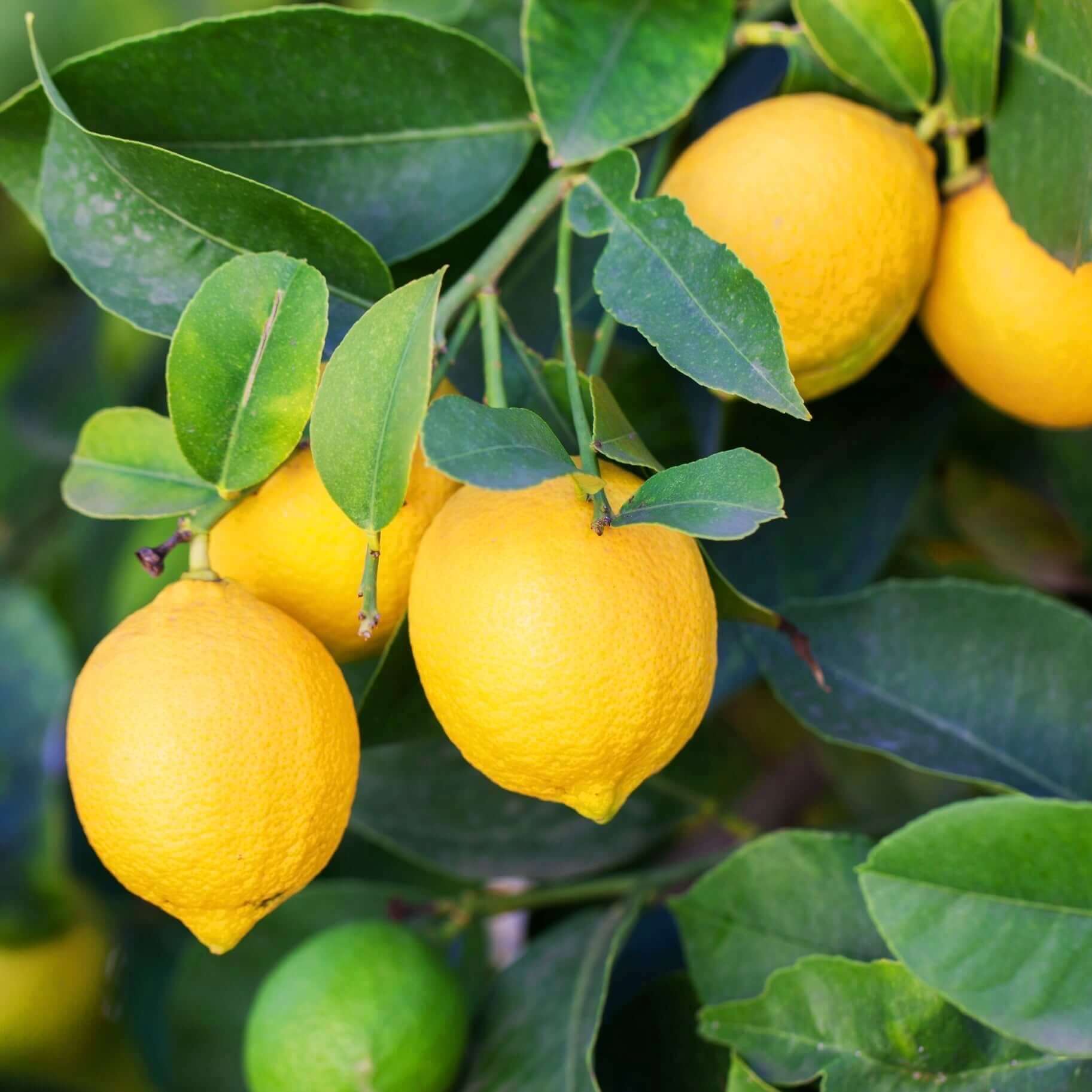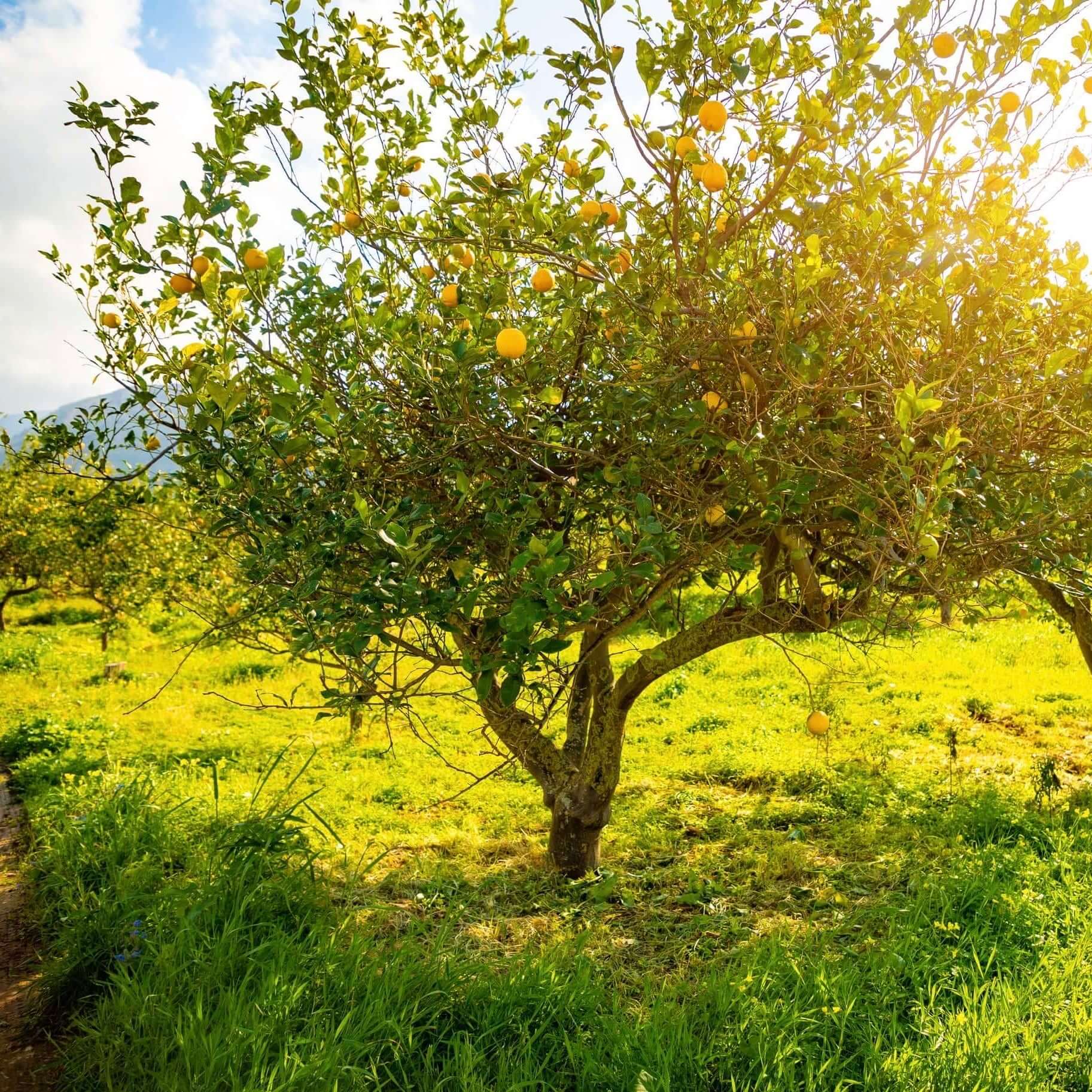Eureka lemon trees are relatively easy to care for, especially when planted in the right conditions. Here are some essential care tips for growing healthy Eureka lemon trees:
Light
- Full Sun: Eureka lemon trees need full sun to produce the best fruit. They require at least 6-8 hours of direct sunlight daily. Plant them in a sunny spot where they will get plenty of light throughout the day.
Watering
- Regular Watering, Especially When Young: Keep the soil consistently moist but not soggy during the first 1-2 years after planting. Water deeply once or twice a week, allowing the top few inches of soil to dry out between waterings.
- Deep, Infrequent Watering After Establishment: Once the tree is established, it becomes more drought-tolerant. Water deeply every 1-2 weeks, depending on the weather and soil type. In hot, dry climates, you may need to water more often.
- Avoid Overwatering: Ensure the soil has good drainage, as lemon trees do not like to sit in waterlogged soil, which can lead to root rot.
Soil
- Well-Drained, Slightly Acidic Soil: Eureka lemon trees prefer well-drained, sandy loam soil that is slightly acidic (pH 5.5-6.5). If your soil is heavy clay, consider amending it with organic matter to improve drainage.
- Container Growing: If planting in a container, use a high-quality, well-draining potting mix designed for citrus or other fruit trees. Make sure the pot has drainage holes.
Fertilization
- Citrus-Specific Fertilizer: Feed Eureka lemon trees with a citrus-specific fertilizer that provides a balanced mix of nitrogen, phosphorus, and potassium, as well as essential micronutrients like iron, magnesium, and zinc. Follow the package instructions for the proper dosage.
- Fertilizing Schedule: Apply fertilizer 3-4 times a year: in early spring, late spring, mid-summer, and early fall. Avoid fertilizing during winter, when the tree’s growth slows down.
Pruning
- Light Pruning to Maintain Shape: Prune the tree lightly in late winter or early spring before new growth begins. Focus on removing dead, damaged, or crossing branches, as well as any suckers growing from the base of the trunk.
- Avoid Heavy Pruning: While regular pruning can help shape the tree and improve air circulation, avoid cutting back too much at once, as it can stress the tree and reduce fruit production.
- Thin the Canopy for Better Airflow: A well-pruned canopy allows more sunlight to reach the inner branches, reducing the risk of fungal diseases and encouraging better fruit development.
Mulching
- Apply Mulch to Conserve Moisture: Use a 2-3 inch layer of mulch (such as wood chips, straw, or compost) around the base of the tree to retain soil moisture, suppress weeds, and regulate soil temperature. Keep mulch at least 6 inches away from the trunk to prevent rot. Upon planting keep a distance of 6-12" away from the trunk.
Harvesting
- Year-Round Fruit Production: Eureka lemon trees are known for producing fruit almost year-round, with the heaviest crop appearing in late winter to early spring.
- Wait for Fully Ripe Lemons: Lemons are ready to harvest when they are bright yellow, firm, and slightly soft to the touch. Twist or cut them off the tree gently to avoid damaging the branches.
Pest and Disease Management
- Monitoring: Regularly check for pests such as aphids, spider mites, and scale. If detected, treat them promptly with insecticidal soap or neem oil.
- Diseases: Ensure proper watering and drainage to prevent root rot and other diseases.
Eureka lemon trees are relatively easy to grow and can provide a steady supply of delicious, tangy lemons with the right care. Whether planted in the ground or in containers, they make a beautiful and productive addition to any garden, patio, or balcony.











